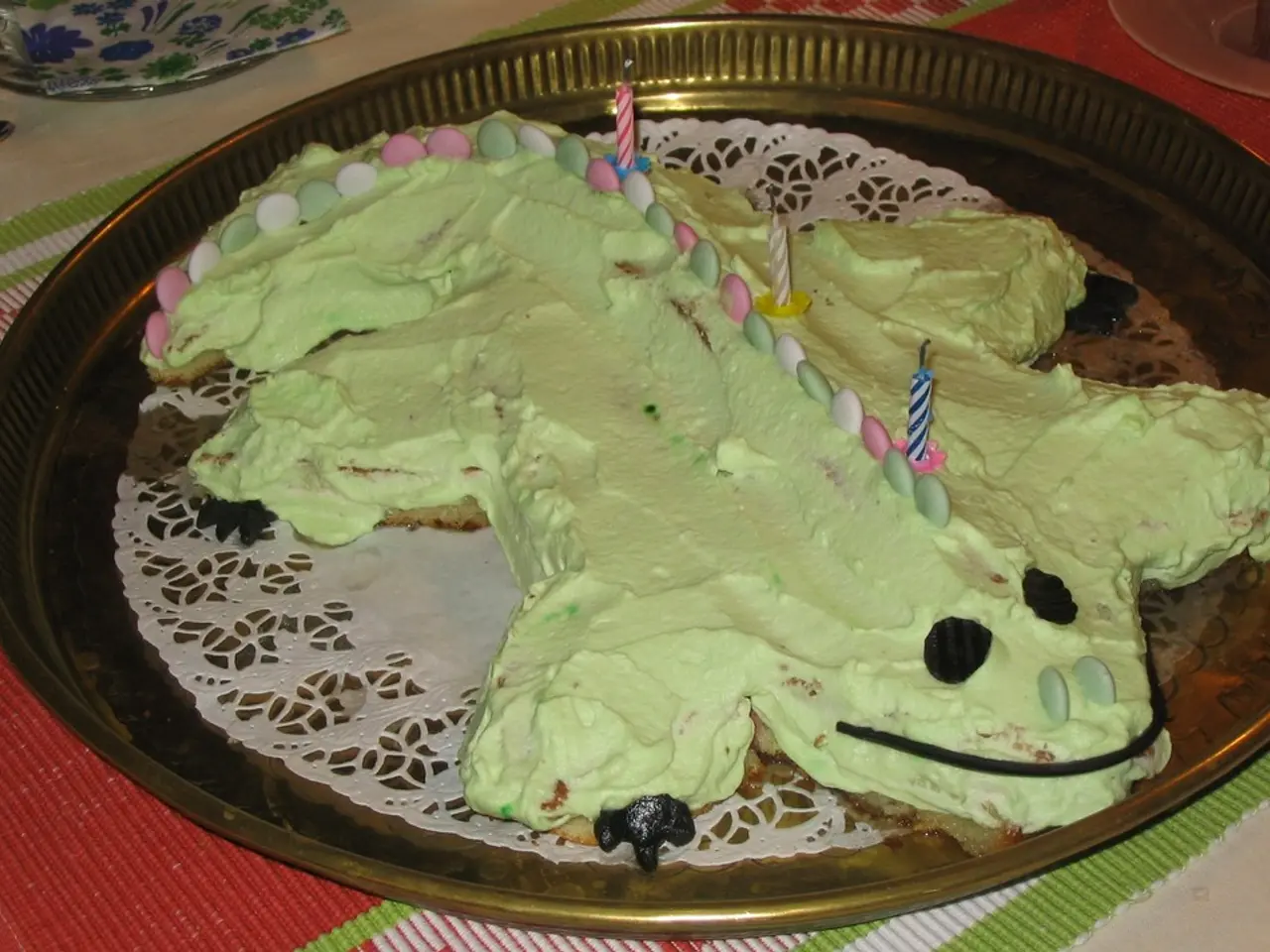The history and value of porcelain, a refined ceramic material, for several centuries.
Unveiling the History and Evolution of Porcelain
Porcelain, a material that graces our homes and various industries today, has a rich history dating back over 2,000 years. Originating in China during the Tang dynasty, porcelain has since become a global phenomenon, thanks to its versatility and durability.
The foundation of hard paste porcelain lies in the combination of kaolin, a purified white clay, and petuntse, a feldspathic rock, which, when ground and mixed, form a dense, glassy, and translucent ceramic body. This type of porcelain is fired at high temperatures, between 1400°C to 1450°C, ensuring thorough vitrification. It was first perfected in China and later independently discovered in Europe in the 18th century, notably in Germany and France.
In contrast, soft paste porcelain was an earlier European attempt to replicate Chinese hard paste porcelain before the true formula was known. It typically contained a mixture of clay and non-refractory materials like glass or frit to lower the firing temperature, resulting in a softer, less dense body. Soft paste porcelain was known for its superb glaze which partially remelted during enamelling, creating vibrant colors that sank into the glaze, favored especially by the French Sèvres manufactory. However, it was less hard and durable than hard paste porcelain and was eventually phased out in France by 1800 once hard paste production was established.
A key difference between the two lies in their compositions. Hard paste porcelain consists primarily of kaolin and petuntse, while soft paste porcelain is a mix of clay and glass or frit. The firing temperatures also differ significantly, with hard paste porcelain requiring much higher temperatures than soft paste.
The British began crafting porcelain in the 18th century after kaolin was found in Cornwall, England. Today, porcelain ceramic tile is now available in large sizes and thicknesses due to technological advancements.
In an innovative project, the New York City Department of Environmental Protection uses crushed old bathroom fixtures and oyster and clam shells to build an artificial receiver reef for breeding oysters in Jamaica Bay. This initiative showcases the versatility of porcelain, extending its use beyond household items and industrial applications.
Interestingly, porcelain and china are interchangeable terms in the tableware industry. Despite this, hard paste porcelain and bone china, a type of china made in England that includes ground bone ash from farm animals, have distinct properties. Hard paste porcelain is prized for its strength and durability, while bone china is fired at lower temperatures, making it easier to produce but less strong.
Companies are also making strides in sustainability, improving the efficiency of their factories, reusing 100% of wastewater and a large portion of waste material. This commitment to environmental responsibility further underscores the timeless relevance of porcelain in our modern world.
- Porcelain, originating from the Tang dynasty in China, has evolved to become a global phenomenon, gracing not only our homes but various industries, contributing to the advancement of our lifestyle and home-and-garden sector.
- The advent of technology has led to innovative uses of porcelain, such as in the production of large-sized and thick ceramic tiles, demonstrating its adaptability in response to modern demands.
- Within the realm of science, the New York City Department of Environmental Protection utilizes porcelain in an environmentally-conscious project, creating an artificial receiver reef from crushed old bathroom fixtures and shells, fostering a breeding ground for oysters and showcasing the versatility of porcelain beyond traditional uses.
- In the realm of health, bone china, another type of porcelain, includes ground bone ash from farm animals, offering distinct properties compared to hard paste porcelain, which is prized for its strength and durability.
- As we strive for a more sustainable future, the porcelain industry is making strides in environmental responsibility, with companies focusing on improving factory efficiency, reusing 100% of wastewater, and a significant portion of waste material, reflecting the timeless relevance of porcelain in our modern world focused on preserving the environment.




